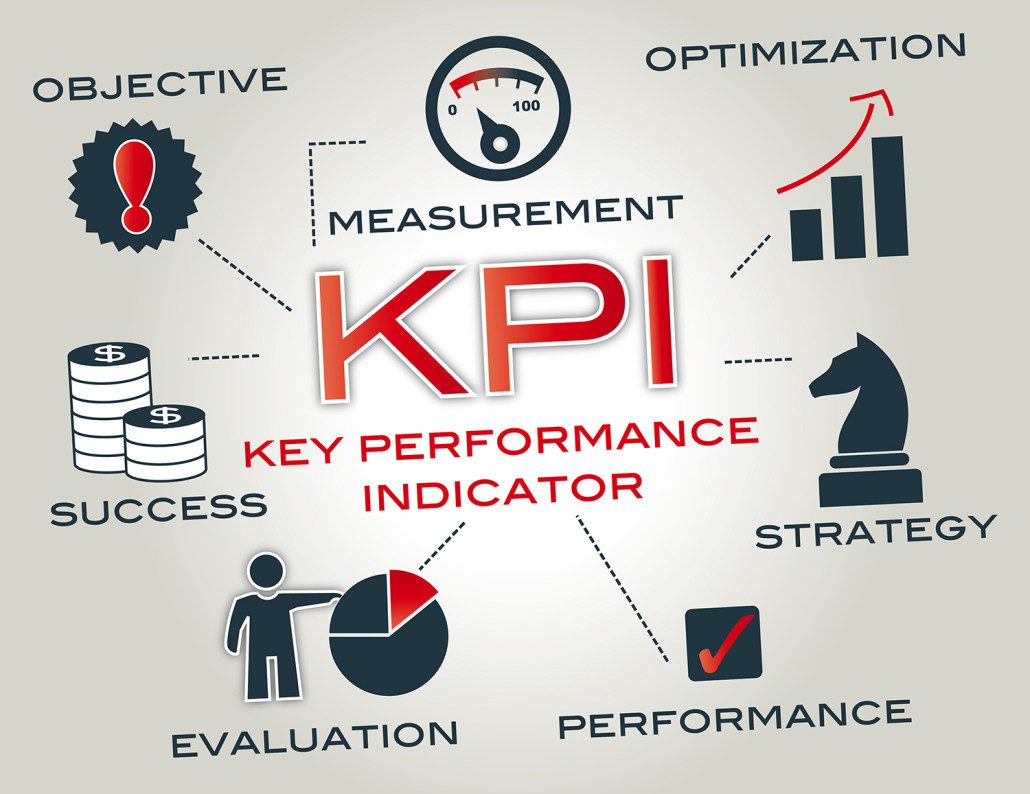Case Study | Enterprise Performance Management System
Hilton Worldwide Balanced Scorecard
- Large-scale performance management
- Rationalized goal setting, performance tracking and measurement
- Incentive Plans directly aligned with portfolio performance
- Continuous Improvement Process
- Greater Financial Performance across the Enterprise
SITUATION
By the early 2000’s, Hilton Hotels Corporation’s 600-odd properties were a disparate mix of the original big-box Hilton properties, the legacy DoubleTree acquisition, newly-acquired Promus brands (Embassy Suites, Hampton Inn, Homewood Suites ) and newly launched brand Hilton Garden Inn. The portfolio was diverse in brands, management and franchising strategies and, most critically, financial management. Annual planning cycles were laborious, often barely completed for the past year while the next year was starting. Internal financial reports were delivered on one cycle; Smith Travel STAR data, guest sat, employee engagement and brand compliance were each available on other cycles, usually not covering the same time periods. To make matters worse, critical metrics such as RevPAR, Market Penetration, and EBITDA were calculated internally using several different formulae, making cross-property and cross-brand comparisons lengthy and cumbersome.
The net result was four-fold:
First, measuring true performance and understanding its causes and planning corrective actions were often more dependent on the vagaries of data flow, than the efforts of the staff or executives-in-charge. In other words, measuring portfolio performance and management effectiveness was inaccurate, not timely and inefficient.
Second, improvement could not be assessed on the same basis even across same-brand hotels because goals were often set unequally based on the data available. This naturally led to great dissatisfaction among managers and area executives. In short, the reward system was not always equitable and aligned with portfolio and enterprise level objectives.
Third, most goals, when set, were short-term and often determined by the “direness” of the situation, not the upside financial opportunity. There was little enthusiasm to make significant long-term (3-year+) investments on the basis of data in which few had confidence that it was being correctly interpreted.
Finally, the internal staff group preparing performance measurement spreadsheets were under enormous stress to “get the data out.” Given the data issues and tools at their disposal, hotel and portfolio performance was not improving.
PLAN
As a consultant to the corporation, a Principal of 360 Capital Advisors crafted a plan to re-engineer the entire performance data acquisition and reporting process. Key elements of the plan included:
- Rationalizing and harmonizing all financial measurements across all owned, managed and franchise properties
- Alignment of financial and non-financial objectives across the enterprise – and cascading multiple levels – beginning from the CEO to each hotel
- Uniform incentive plans across the organization for every eligible hotel and corporate level position
- Direct data links to external data providers,
- Storage of all data in an internal data warehouse supported by hardware and software optimized for this purpose,
- Online reporting using common formats, graphic displays and trending,
- Integration of user-friendly analysis tools allowing for the construction of trend lines and performance diagnostics
- Quarterly improvement plans based on comparable goals developed from scorecard data with expected payback
- Fully integrated management approval process and brand and region roll-ups.
RESULTS
- Financial performance improvement within the first two quarters following installation
- Reduction in Incentive Payout as a percentage of annual revenue
- Double digit annual improvement in enterprise-wide EBITDA
- Acquisition by Blackstone Group four years following installation of the Performance Management System
18% Annual
EBITDA Growth


![enterpriseperformance_managementsystem1 [Converted]-01](https://360-capitaladvisors.com/wp-content/uploads/2015/08/enterpriseperformance_managementsystem1-Converted-01-1030x1030.png)










